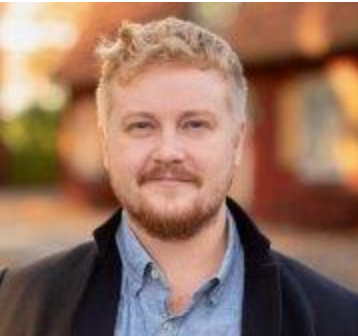Video
Promoting Therapy Adherence in Pediatric ADHD
Author(s):
Theresa R. Cerulli, MD, provides advice for clinicians on how to increase understanding of attention-deficit/hyperactivity disorders (ADHD) and encourage therapy adherence for both children and parents.
Theresa R. Cerulli, MD: My recommendation, for clinicians and clinicians talking to the parents of kids with ADHD [attention-deficit/hyperactivity disorder], is to ground them in the science but connect and create the hope around what it means to have the condition when treated. When I say “ground them in the science,” we’re helping people understand it’s not their fault. This is not about bad parenting. I have an ADHD child, so I know what it feels like to think, “How did I screw this up?” Even though intellectually you can say, “I did what I was supposed to do to help my child.” So we ground folks in the neuroscience.
That’s why I spent time on the neurobiology genetics. This is not about bad parenting. Pull out some information verbally or in a picture to show what we mean in the frontal lobe. Quiet and underactive kids with ADHD, when you treat them appropriately—whether it’s exercise, nonstimulant medications, or stimulant medications—you’re engaging that frontal lobe of the brain. It’s like turning on a switch. All the circuitry is there; it’s all normal. It’s just flipping on that switch to help people focus, concentrate, filter out background noise, and understand even a little bit.
It takes only a couple of minutes to describe it in that way. Use an analogy. One of the analogies I like to use is the electrical circuits in your household. They’re all there. They’re just quiet until you flip the light switch on. There’s nothing abnormal. It just needs to be turned on. That’s what our medications do. They flip the switch and engage the circuitry. The brain is a bunch of electrical circuits. When you put things in terms people can understand, it’s less scary. It makes it less scary to proceed with the medication when people understand that that’s what the medication is doing; it’s flipping the switch.
When something is a boring, mundane task that we all face day to day, regardless of how smart we are, how emotionally stable we are, there are things that are boring and that makes it hard to focus. Normalize it in that regard, and emotionally connect. The creating hope part is the data I gave you about ADHD and outcomes that are scary. But if you look at treated ADHD, it normalizes outcomes down to the non-ADHD individual. You’re changing the functional outcomes. You’re changing the person’s relationships with themselves and others—their family, their ability to succeed in terms of their schoolwork, their work life, and their relationships. Creating that hope simply by treating ADHD has been 1 of the most rewarding things about specializing in this field.
As clinicians, there are many areas can diagnose but don’t have good treatment options. With ADHD, the wonderful aspect is that this is a treatable condition. You can change the course of outcomes for patients by making an accurate diagnosis, being thorough with your treatments, adjusting your treatments, and constantly monitoring and tweaking as you go in the pharmacological and the nonpharmacological aspects. That’s the message we need to provide our clients and health care providers.
Transcript edited for clarity.





